New Rottland vs. Smooth Foodle: Breed Differences and Similarities
Hypoallergenic
Are New Rottlands or Smooth Foodles hypoallergenic, or neither?
Unfortunately, neither New Rottland nor Smooth Foodle are hypoallergenic, which may not make them the best choice for dog lovers who suffer from pet allergies.
Temperament
What are the personalities of New Rottland and Smooth Foodle dogs?
Independent
Protective
Alert
Courageous
Intelligent
Loyal
Gentle
Social
Sweet
Fearless
Good-natured
Cheerful
Active
Playful
Alert
Intelligent
Affectionate
Trainable
Fearless
Faithful
Instinctual
Shedding Level
Do New Rottlands shed more than Smooth Foodles, or which breed sheds more, New Rottlands or Smooth Foodles?
New Rottlands are heavy shedders, but regular brushing can help manage shedding and promote a healthy coat.
Smooth Foodles are low shedding dogs, requiring minimal coat care.
Origin
What is the origin of New Rottland and Smooth Foodle dog breeds?
United States
United States
Ancestry
What are the origins of New Rottland and Smooth Foodle breeds?
Rottweiler, Newfoundland
Poodle and Smooth Fox Terrier
Date of Birth
When were New Rottland and Smooth Foodle breeds first developed?
2000s
2000's
Eye Color Possibilites
What are the eye colors of New Rottland and Smooth Foodle dogs?
Brown
Brown
Nose Color Possibilites
What are the natural nose colors of New Rottland and Smooth Foodle?
Black
Brown
Black
Coat Color Possibilites
What are the natural colors of the coat for New Rottland and Smooth Foodle breeds?
Black
Brown
Fawn
Sable
Brindle
Black
Brown
Gray
Blue
Silver
White
Coat Length
What is the typical coat length for New Rottland and Smooth Foodle breeds?
The coat of New Rottland and Smooth Foodle dogs falls in the medium-length category.
Coat Density
What is the density of the coat of New Rottland and Smooth Foodle?
Coat Texture
What is the hair texture of New Rottland and Smooth Foodle?
Straight
Wiry
Litter Size
What is the usual litter size for New Rottland and Smooth Foodle?
A New Rottland can have a litter of 8-12 puppies on average. However, it's worth noting that the size of the litters can vary greatly. Factors that can influence litter size include the health of the mother, breeding history, and genetics.
A Smooth Foodle can have a litter of 3-6 puppies on average. However, it's worth noting that the size of the litters can vary greatly. Factors that can influence litter size include the health of the mother, breeding history, and genetics.
Adaptability
New Rottlands are known for their adaptability and can adjust well to different environments and lifestyle changes.
Smooth Foodles are highly adaptable and versatile, making them excellent companions for families and individuals of all lifestyles.
Health Issues
Between New Rottland and Smooth Foodle, which breed is more prone to health problems?
New Rottlands typically have low vet costs due to their good health, but it's important to monitor their health and seek vet care when necessary.
While the Smooth Foodle breed is generally healthy, occasional vet check-ups are still necessary to address any health concerns.
Major Concerns
What are the major health concerns for New Rottland and Smooth Foodle breeds?
Gastric Torsion
Hip And Elbow Dysplasia
Subaortic Stenosis
Patellar Luxation
Sebaceous Adenitis
Gastric Dilation Volvulus
Mitral Valve Dysplasia
Minor Concerns
What minor health issues should be kept in mind when owning New Rottland and Smooth Foodle?
Entropion
Ectropion
Exposure Keratopathy Syndrome
Deafness
Cataracts
Mono/Bilateral Cryptorchidism
Von Willebrand's Disease
Legg-Calve-Perthes Disease
Wobbler's Syndrome
Bleeding Disorder
Eye Diseases and Disorders
Canine Cushing’s Disease
Cerebellar Abiotrophy (Ataxia)
Myasthenia Gravis
Pyruvate Kinase (PK) Deficiency
Occasional Tests
What occasional tests are recommended for New Rottland and Smooth Foodle breeds?
Cardiac
Respiratory Tests
Skin Evaluation
Ultrasound
Internal Imaging (x-ray, CT scan, MRI, etc.)
Blood And Urine Analysis
Eye and Ear Examination
Brain Auditory Evoked Response (BAER)
Internal Imaging (x-ray, CT scan, MRI, etc.)
Blood And Urine Analysis
Ear Tests and Myringotomy Tests
Yearly Physical Examination
Various Blood Testing Modalities
Eye Examinations (both internal as well as external)
X-rays of various parts of the skeletal system
Dental and Oral Examinations
Echocardiography (ultrasound)
Social Needs
New Rottland vs Smooth Foodle social needs comparison
New Rottland and Smooth Foodle have very high social needs. These needs include regular mental and physical stimulation, a job or purpose, and companionship. They thrive in environments where they have a lot of interaction with humans and other dogs.
Sleeping Need
Which of the two sleeps the most/least: New Rottland or Smooth Foodle?
New Rottlands have moderate energy levels and typical sleep patterns of 12-14 hours per day.
Smooth Foodles sleep less than other breeds but still need adequate sleep for good health.
Mouthiness
Mouthiness Comparison: New Rottland vs Smooth Foodle?
Roaming urge
New Rottland vs Labrador: Running away tendency?
Prey Drive
New Rottland or Smooth Foodle - which breed has a higher level of prey drive?
Activity Level
Which breed has higher energy, New Rottlands or Smooth Foodles?
New Rottland and Smooth Foodle are high-energy dogs that require a lot of mental and physical exercise. Without proper stimulation and attention, these breeds can become problematic. If you're considering these breeds, be prepared to invest time and effort in their exercise and training.
Tolerance of being left alone
Walks per Week
How many miles should New Rottland or Smooth Foodle walk each week?
There's really no limit to how far you walk your dog as long as they're comfortable. For New Rottland, it's at least 15 miles / week. Just remember to build distance and stamina gradually over time.
There's really no limit to how far you walk your dog as long as they're comfortable. For Smooth Foodle, it's at least 10 miles / week. Just remember to build distance and stamina gradually over time.
Activity per Day
Do New Rottlands or Smooth Foodles require more exercise?
Both New Rottland and Smooth Foodle typically require a minimum of 90 minutes of exercise each day. The exercise can be spread throughout the day and may involve high-energy activities like walking, running, and playing.
Grooming
Which breed is easier to maintain in terms of grooming, New Rottlands or Smooth Foodles?
The New Rottland requires an average amount of grooming compared to other breeds.
Smooth Foodles require significant grooming, including regular trims and professional grooming assistance to maintain their coat. They may also require frequent bathing to keep their coat and skin healthy.
Brushing Frequency
What is the recommended brushing frequency for New Rottland and Smooth Foodle dogs?
Ideally, New Rottland should be brushed at least 2 or 3 times a week (preferably daily) improve shedding.
Smooth Foodle should be brushed at least once a week. Of course you can give them more frequent brushes if you find that they are still shedding a lot
Brushing Tools
What brushing tools are used for New Rottlands and Smooth Foodles?
Pin Brush
Comb
Nail Clipper
Pin Brush
Deshedder
Nail Clipper
Cups
How much food should be given to New Rottland or Smooth Foodle in cups?
For an average 130-150 pound (59 - 68 kg) New Rottland feed 4.5 cups daily. But, keep in mind, the amount you feed is going to be dependent on the quality of the food you are feeding.
For an average 5-65 pound (2 - 29 kg) Smooth Foodle feed 2 cups daily. But, keep in mind, the amount you feed is going to be dependent on the quality of the food you are feeding.
Daily Cost
Which breed has a higher daily cost, New Rottland or Smooth Foodle?
The average cost of a New Rottland is somewhere $4.50 - $5.60 per day.
The average cost of a Smooth Foodle is somewhere $1.70 - $2.00 per day.
Monthly Cost
Which breed has a higher monthly cost, New Rottland or Smooth Foodle?
The average per month expenses of a New Rottland is between $134 - $168. This makes an average of $1608 - $2016 per year. It will be on the higher side when the dog is still small because it will need more frequent visits to the vet, shots.
The average per month expenses of a Smooth Foodle is between $48 - $63. This makes an average of $576 - $756 per year. It will be on the higher side when the dog is still small because it will need more frequent visits to the vet, shots.
Sensitivity Level
How do New Rottland and Smooth Foodle compare in sensitivity?
These breeds are more sensitive than others and easily overwhelmed by new surroundings and people. New Rottland and Smooth Foodle need gentle handling and a calm, stable home environment with positive reinforcement training.
Apartment Friendly
Which breed is more apartment-friendly: New Rottland or Smooth Foodle?
New Rottlands are good apartment dogs as long as they get enough exercise and stimulation outside of the apartment.
The Smooth Foodle is a great apartment dog, thriving with sufficient exercise and time outside as part of their daily routine.
Child Friendly
Do New Rottlands or Smooth Foodles have a friendlier temperament towards children?
New Rottlands are good with kids if socialized and trained from a young age.
Smooth Foodles make excellent family pets for kids due to their gentle, protective nature and calm temperament.
Senior-friendly
Which dog is more suitable as a pet for the elderly - New Rottland or Smooth Foodle?
Cat Friendly
Do New Rottland or Smooth Foodle breeds have a better compatibility with cats?
New Rottlands are good with cats, but early training is needed to prevent chasing behavior.
Smooth Foodles are average in their friendliness toward cats and tend to do well with them, especially if raised together.
Dog Friendly
Which breed is more sociable with other dogs: New Rottland or Smooth Foodle?
{New Rottlands and Smooth Foodles are average friendly towards other dogs. If they are raised with other dogs, they are likely to get along with them. And, if they are socialized properly from a young age, they will usually be great with other dogs.
Pet friendly
How do New Rottland or Smooth Foodle dogs interact with other pets?
Stranger Friendly
Which breed is more friendly with strangers: New Rottland or Smooth Foodle?
New Rottland and Smooth Foodle are average friendly around strangers. They can be wary around strangers and a little standoffish, so early socialization is key to ensure they are comfortable around new people.
Playfulness
Which breed is more playful between New Rottland and Smooth Foodle?
New Rottlands have an average level of playfulness, enjoying playtime like most dogs but not excessively so.
Smooth Foodles are very playful, so adopting an older one might be a better option for a more relaxed experience.
Trainability
How do the trainability levels of New Rottlands and Smooth Foodles compare?
New Rottland and Smooth Foodle dogs are known for their ease of training and ability to learn quickly, making them a popular choice for pet owners and trainers alike.
Compare New Rottland with other breeds
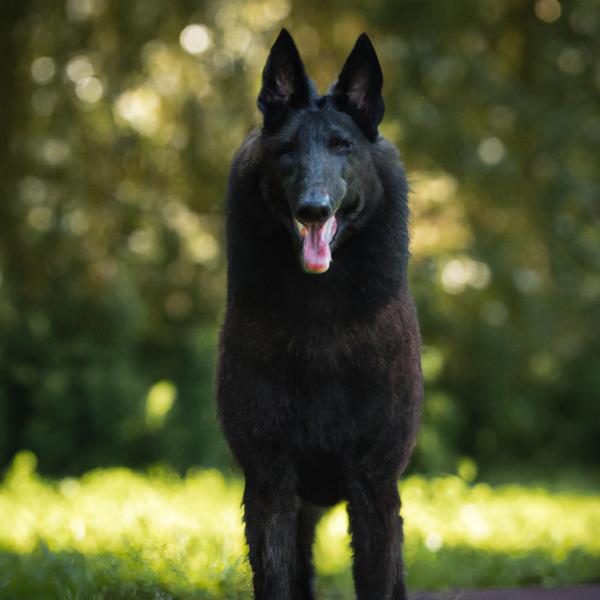
Belgian Sheepdog
New Rottland vs Belgian Sheepdog

Papastzu
New Rottland vs Papastzu

Chi Apso
New Rottland vs Chi Apso
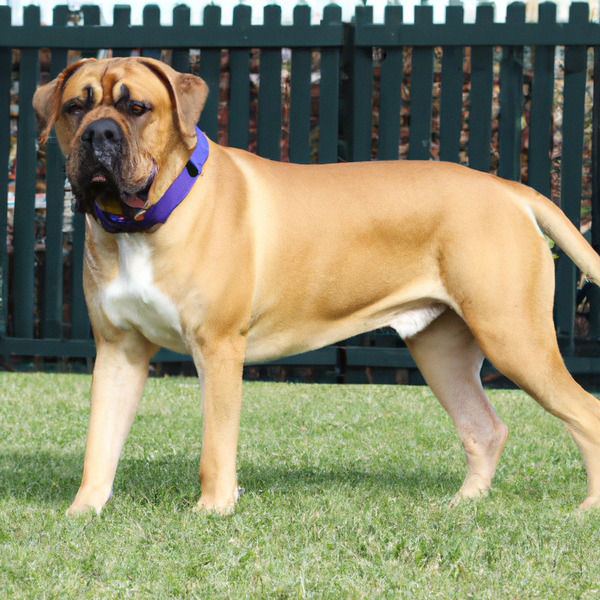
American Mastiff
New Rottland vs American Mastiff
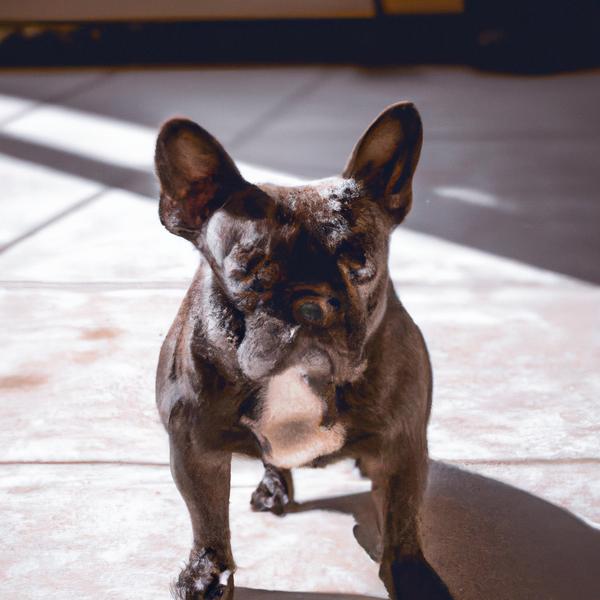
Frenchnese
New Rottland vs Frenchnese
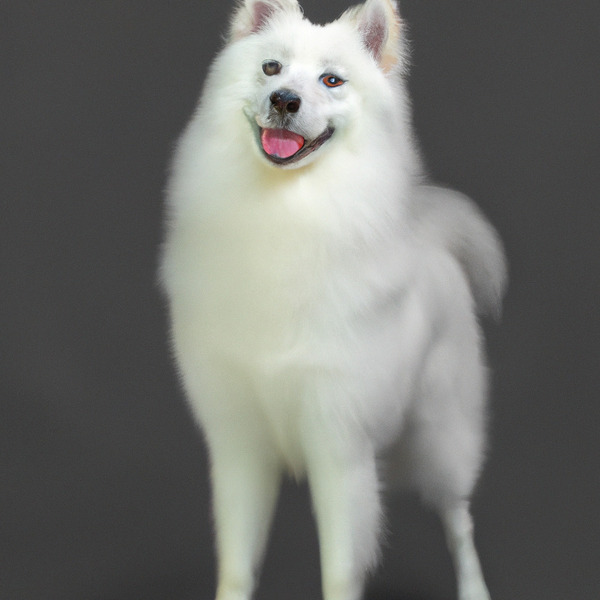
Japanese Spitz
New Rottland vs Japanese Spitz
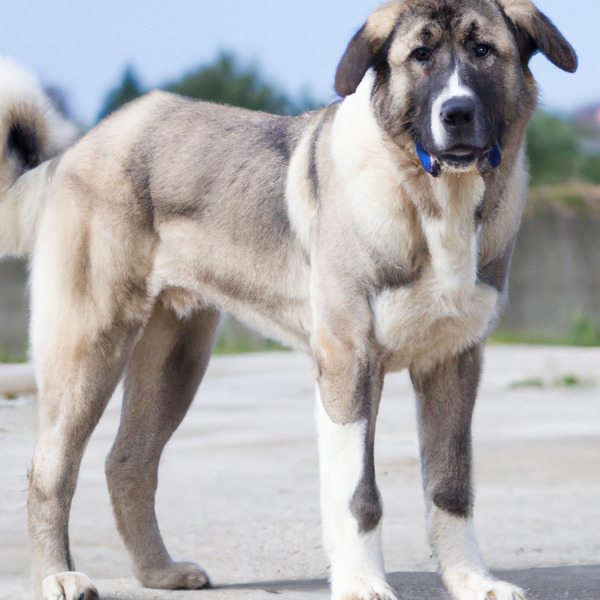
Kangal
New Rottland vs Kangal

Beagleman
New Rottland vs Beagleman

Shinese
New Rottland vs Shinese

Goldenapso Retriever
New Rottland vs Goldenapso Retriever

English Bullweiler
New Rottland vs English Bullweiler

Smooth Foodle
New Rottland vs Smooth Foodle
